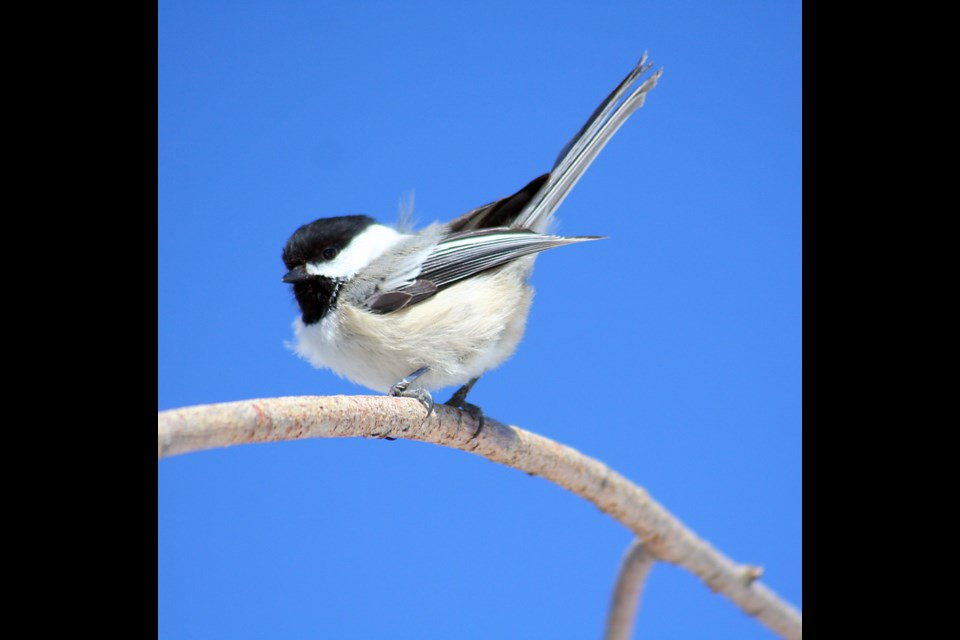The small birds that share our neighbourhoods are out in full force. We all hear them, someone of us see them, but many of us don’t know much about them.
If you have a bird boxes it should be cleaned up by now. Clean outs remove old debris of the excretory kind, as well as any insect parasites that may linger in the bedding, waiting for next year’s brood of young chicks to provide a small blood meal.
There is a lot of hype about putting up bird boxes but there are relatively few species that use them in our area. Although the prize is the eastern bluebird, this creature is quite rare in our parts.
More commonly encountered is the tree swallow, a bird that feeds on blackflies and mosquitos, amongst other insects. In sunlight, the sheen of metallic blues and greens can be seen off the feathered backs and heads of these birds. The female is a little less colourful, perhaps because she needs to keep a lower profile when rearing the chicks. Tree swallows will nest in small groups if there is a cluster of nest boxes in good habitat.
Mr. Levert approached me two years ago for the purposes of enhancing a waterline habitat for birds. He followed through by having four boxes placed strategically along riparian habitat. At least one of the boxes was chosen by the tree swallow to raise its brood. Boxes can be mounted on 4x4-inch posts, but need to be somewhat hidden when placed in an area.
Branches and leaves in front of the hole are not good choices for the bird. They need to be able to see oncoming danger. Similarly, having a post in the middle of a barren waste land is asking for predation if the box is chosen by the bird. It sticks out like a sore thumb. Fence posts seem to work if there is some shrub cover nearby and a line of sight for the birds at the nesting hole.
The pictures posted on this article were taken this month by Marthe. The box is at a tilt due to frost heaving in fall and spring. The birds adjust by making the nest level inside the box. It is best to leave the pole alone when it is selected for as the tendency to want to straighten it will lead to the eggs rolling outside the internal nest cup. The post can be straightened after the breeding season in the late summer.
Other birds that will use nest boxes in this area include the black-capped chickadee and the rare house wren. Some people have luck with attracting chickadees to their nesting boxes as the holes are small and the surfaces fairly protective.
Sudbury is known for its white birch trees, alive and dead. The chickadee is a cavity nester, but it has a very small seed-eating beak. It requires the birch to have been dead for a few years so that the wood is soft and pulpy. Sometimes you will see a chickadee with wood chips in its beak. It is carrying the fibers from a nest site that both parents are excavating.
It is for this reason that not all dead trees should be removed from parks and back yards. Chickadees rely on standing dead trees to produce the next generation of birds.
Chris Blomme is an executive member of the Sudbury Ornithological Society and works with animals at Laurentian University. Have a question for Chris? Send it to [email protected].
